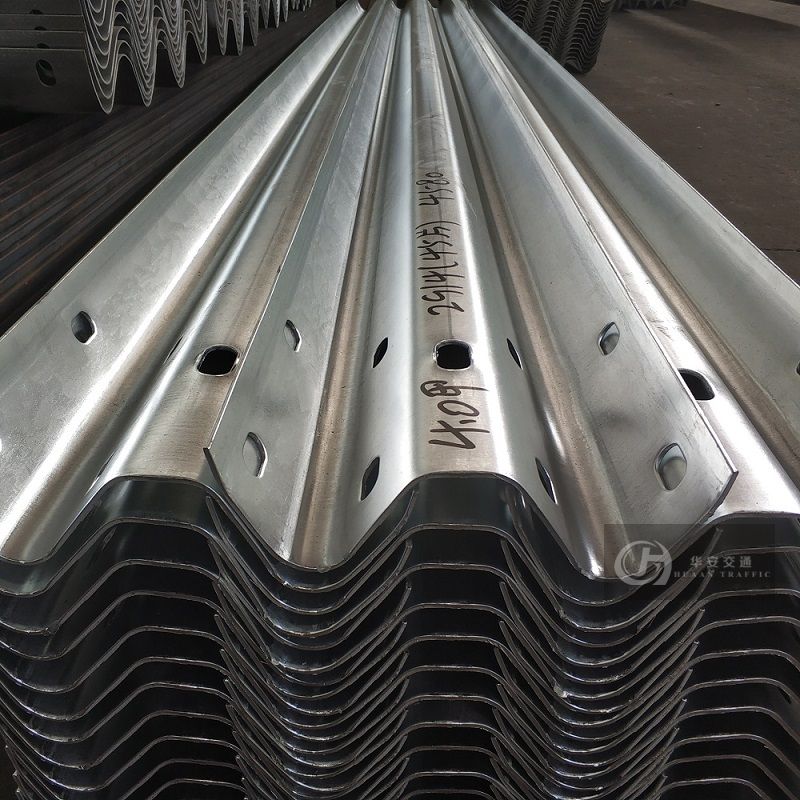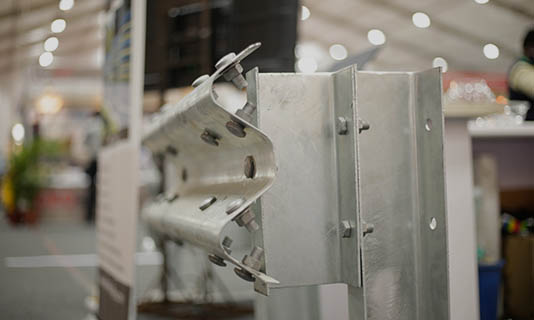The Ultimate Guide To Crash Beams
Table of ContentsAll About Crash Beams9 Simple Techniques For Crash BeamsSome Known Facts About Crash Beams.Excitement About Crash BeamsCrash Beams Things To Know Before You Get This
High beams profit motorists on dark roads at night and at other times when it is tough to see (Crash Beams). Nonetheless, incorrect high beam usage might be hazardous. In Ontario, there are regulations to specify proper use high beam of lights to help stay clear of risks that might lead to an extreme crashUtilizing common feeling, you can utilize your high beams safely even if you are unclear of the range. : When you adhere to one more lorry, turn your high beam of lights off. Dim your high beam of lights when you see the fronts lights of approaching traffic, Lower your high light beams when going up a hillside Improper high beam use creates risks for motorists in oncoming vehicles and the chauffeurs who improperly utilize them.
In this circumstance, drivers are more probable to crash into various other vehicles. Chauffeurs may likewise miss out on various other objects or threats in the road. Misuse of high light beams might likewise trigger chauffeurs to misjudge: How much distance they require to brake motorists in this situation may be unable to stop in time to prevent a crash.
Inflammation can rapidly rise right into more dangerous practices. All vehicle drivers owe a responsibility of care to prevent damage to others. Each case is different.
The Best Strategy To Use For Crash Beams

, where a towering crane has been brought in, and a large number of staff trucks and vehicles are obstructing the road. Some vehicles deal better than others with much more severe side accidents
, indicating suggesting there is still room space more even moreProgression Side air bags, which today are basic on many brand-new passenger lorries, are made to keep people from clashing with the inside of the automobile and with items outside the lorry in a side collision.

To fill this void, we launched our own examination with a various obstacle one with the height and form of the front end of a common SUV or pick-up at the time (Crash Beams). NHTSA barrier, received yellow, superimposed over the taller barrier made use of in the initial IIHS test In 2021, IIHS revamped its examination with a more extreme crash and a much more reasonable striking obstacle
Getting My Crash Beams To Work
It is more detailed to the ground and shorter than the initial IIHS obstacle yet still more than the NHTSA obstacle. Updated (left) and original IIHS side examination barriers In our initial test, a 3,300-pound obstacle with the approximate elevation of an SUV hit the vehicle driver side of the car at 31 mph.
As an outcome of these changes, the brand-new examination includes 82 percent more power than the initial test. The honeycomb surface area of the obstacle in the second test is also different. Like genuine SUVs and pickups, the new obstacle tends to flex around the B-pillar between the vehicle driver and rear passenger doors.
The owner room can be compromised in this manner also if the read the full info here automobile has a strong B-pillar. In both tests, 2 SID-IIs dummies standing for small (5th percentile) females or 12-year-old youngsters are placed in the chauffeur seat and the rear seat behind the motorist. IIHS was the very first in the United States to use this smaller dummy in a test for consumer details.
Much shorter motorists have a better opportunity of having their heads enter into call with the front end of the striking car in a left-side accident. Engineers take a look at 3 factors to determine side ratings: chauffeur and passenger injury actions, head protection and architectural efficiency. Injury measures from the 2 dummies are utilized to establish the chance that occupants would certainly suffer substantial injuries in a real-world accident.
10 Easy Facts About Crash Beams Explained

To fill this gap, we launched our very own examination with a different obstacle one with the elevation and shape of the front end of a normal SUV or pick-up at the time. NHTSA barrier, shown in yellow, superimposed over the taller obstacle utilized in the original IIHS examination In 2021, IIHS revamped its test with a more serious accident and a more realistic striking obstacle.
It is more detailed to the ground and much shorter than the initial IIHS obstacle yet still greater than the NHTSA obstacle. Upgraded (left) and original IIHS side test obstacles In our initial test, a 3,300-pound barrier with the approximate height of an SUV hit the motorist side of the lorry at 31 link mph.
As an outcome of these changes, the new examination entails 82 percent more energy than the initial examination. The honeycomb surface of the obstacle in the 2nd test is additionally different. Like real SUVs and pickups, the brand-new obstacle often tends to flex around the B-pillar between the vehicle driver and rear guest doors.
Little Known Facts About Crash Beams.
The owner area can be compromised this means even if the lorry has a strong B-pillar. In both tests, two SID-IIs dummies standing for tiny (fifth percentile) females or 12-year-old kids are placed in the vehicle driver seat and straight from the source the back seat behind the driver. IIHS was the initial in the USA to use this smaller sized dummy in an examination for consumer information.
Shorter motorists have a better possibility of having their heads enter into contact with the front end of the striking automobile in a left-side collision. Engineers take a look at 3 factors to determine side scores: motorist and traveler injury actions, head security and structural performance. Injury measures from both dummies are used to figure out the likelihood that passengers would certainly endure considerable injuries in a real-world crash.
If the automobile has airbags and they execute properly, the paint ought to wind up on them. In situations in which the barrier strikes a dummy's head throughout impact, the dummy typically tapes extremely high injury procedures. That might not be real, however, with a "near miss out on" or a grazing contact.